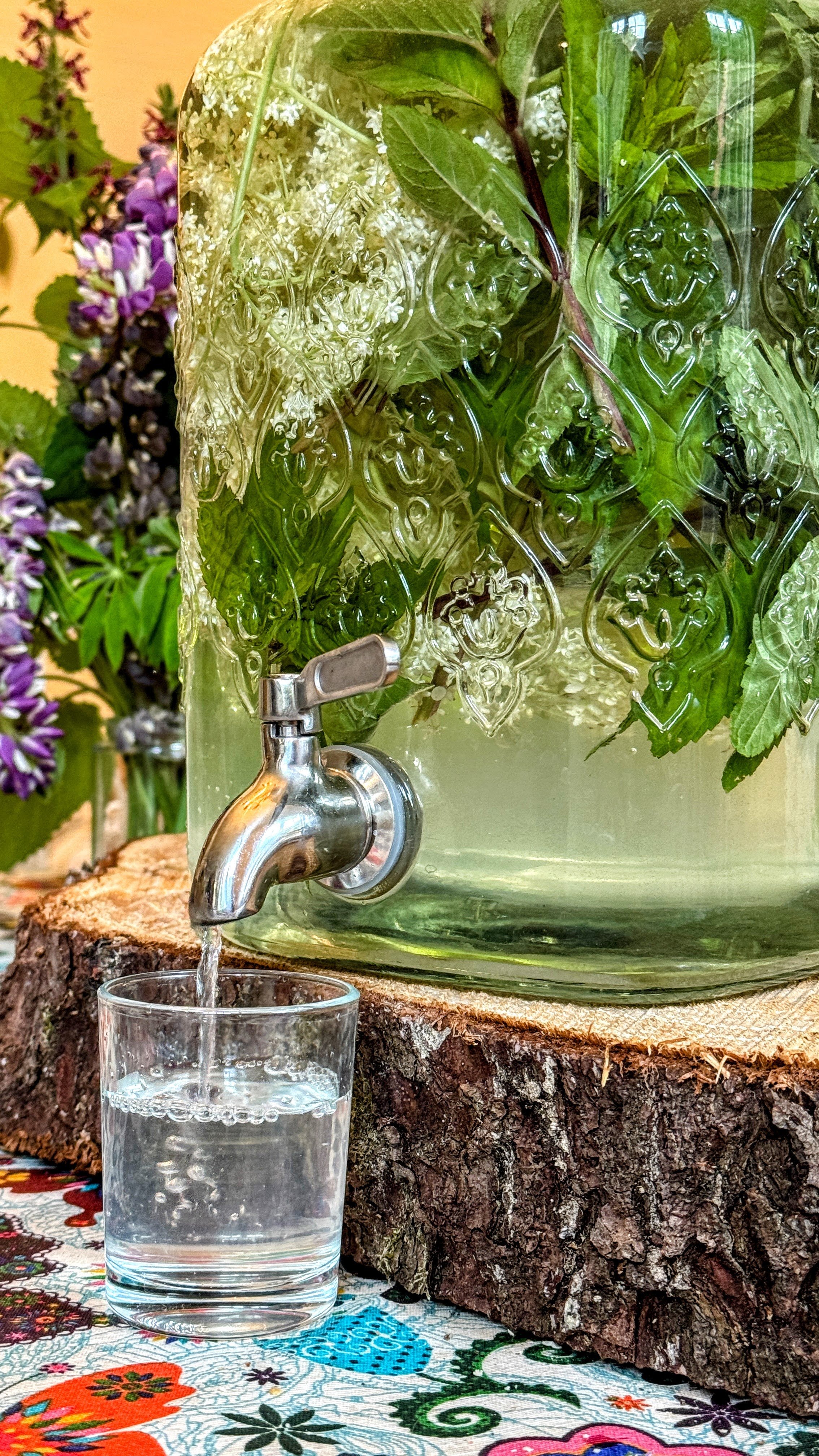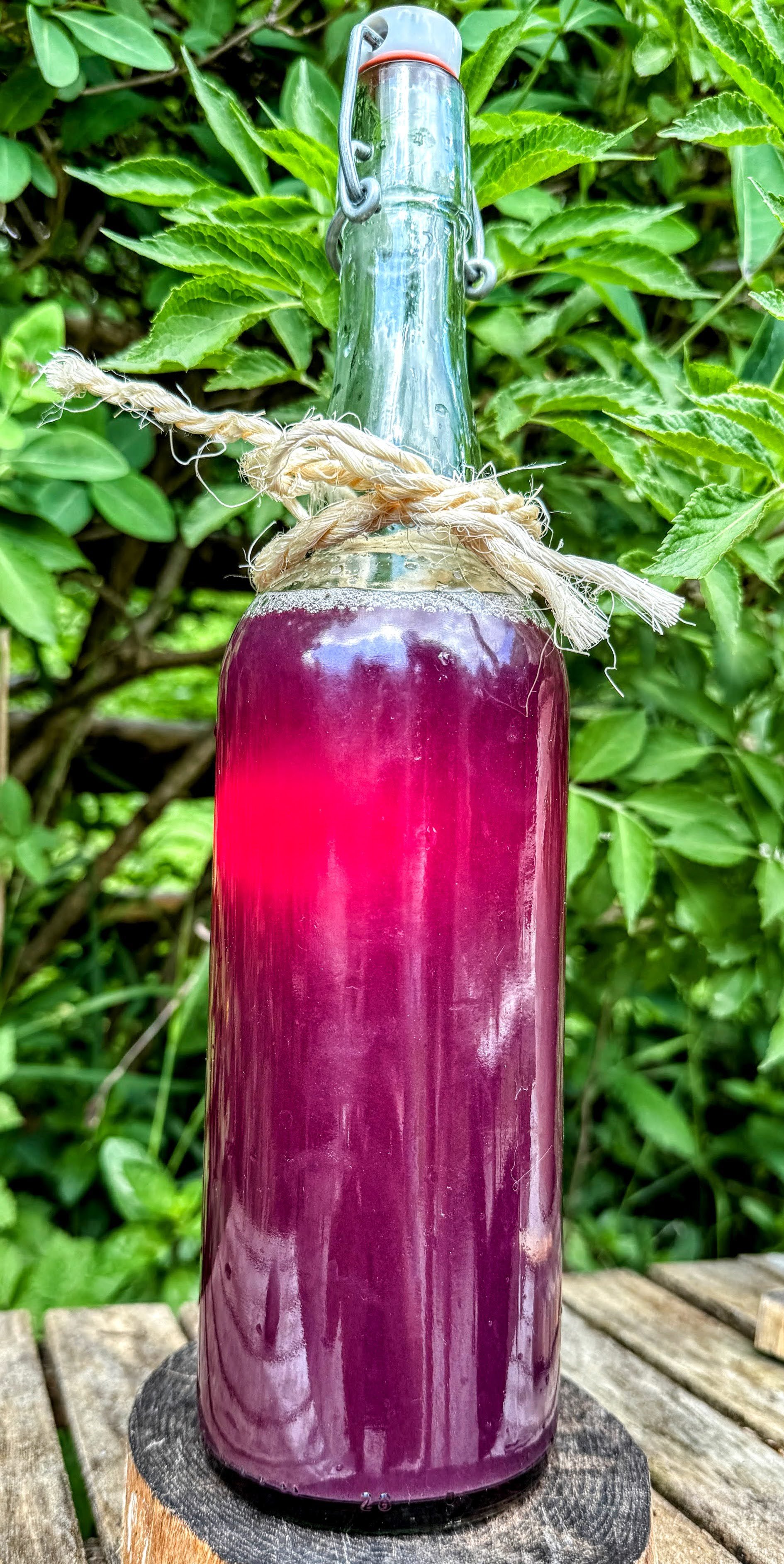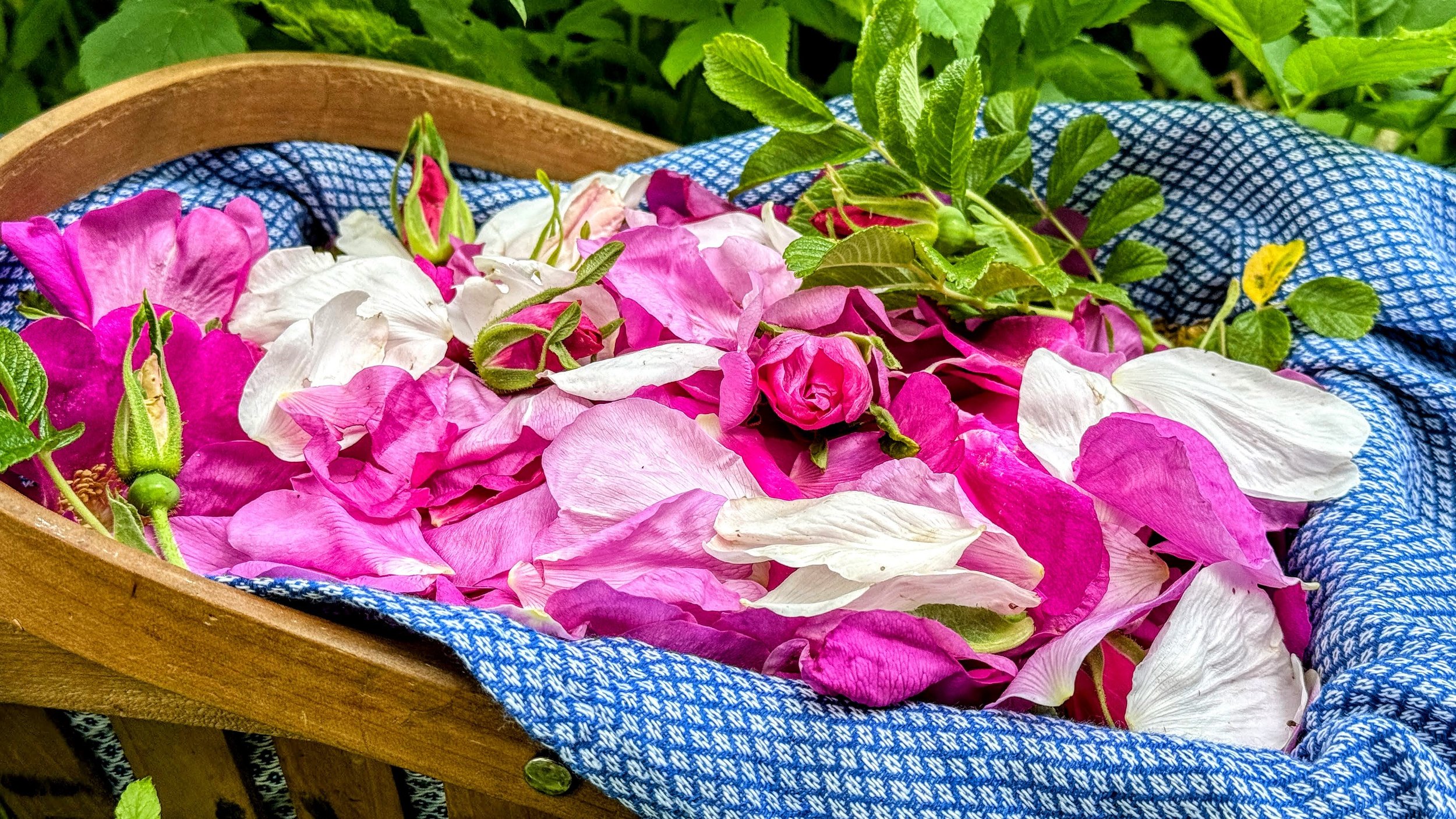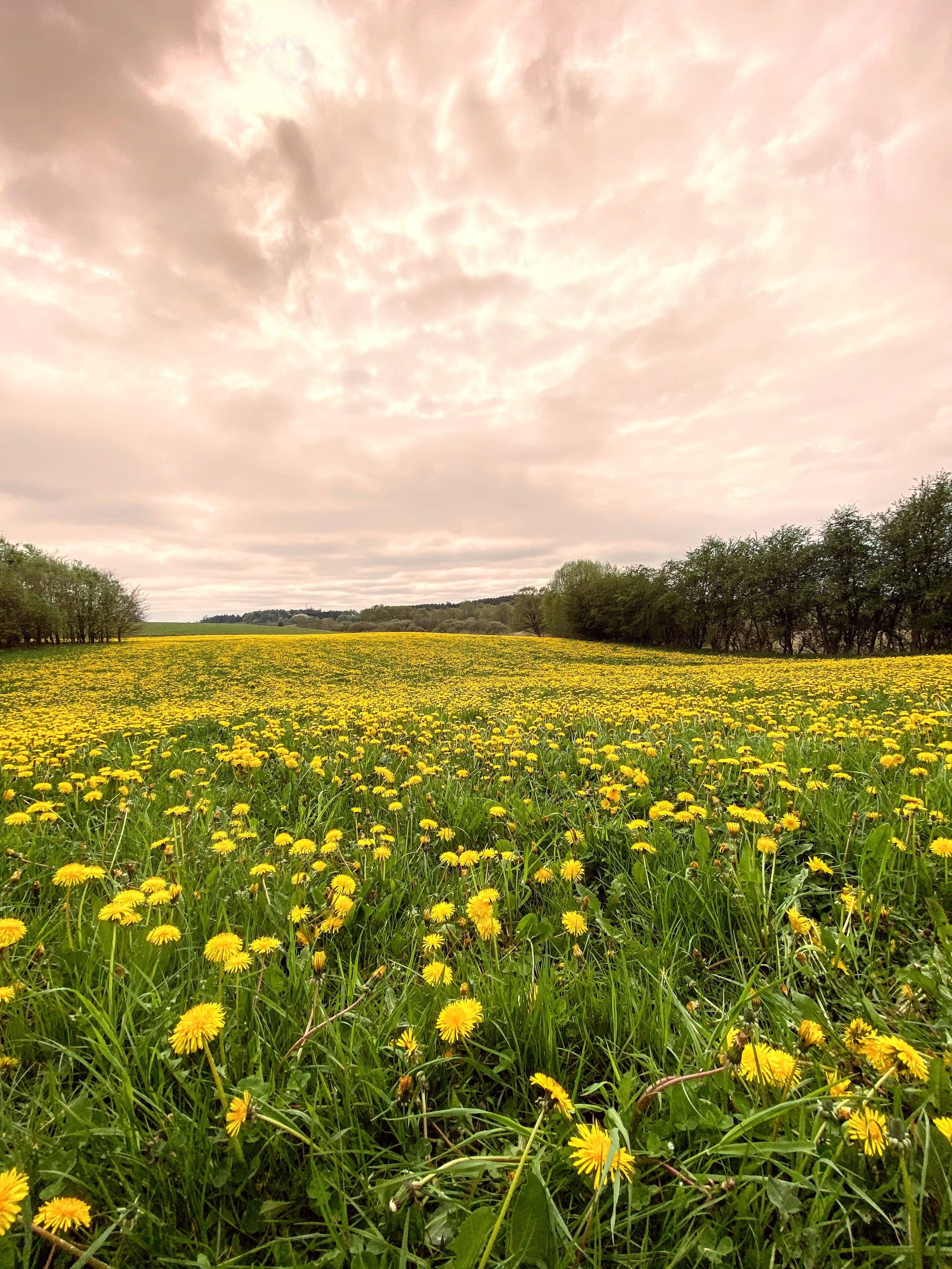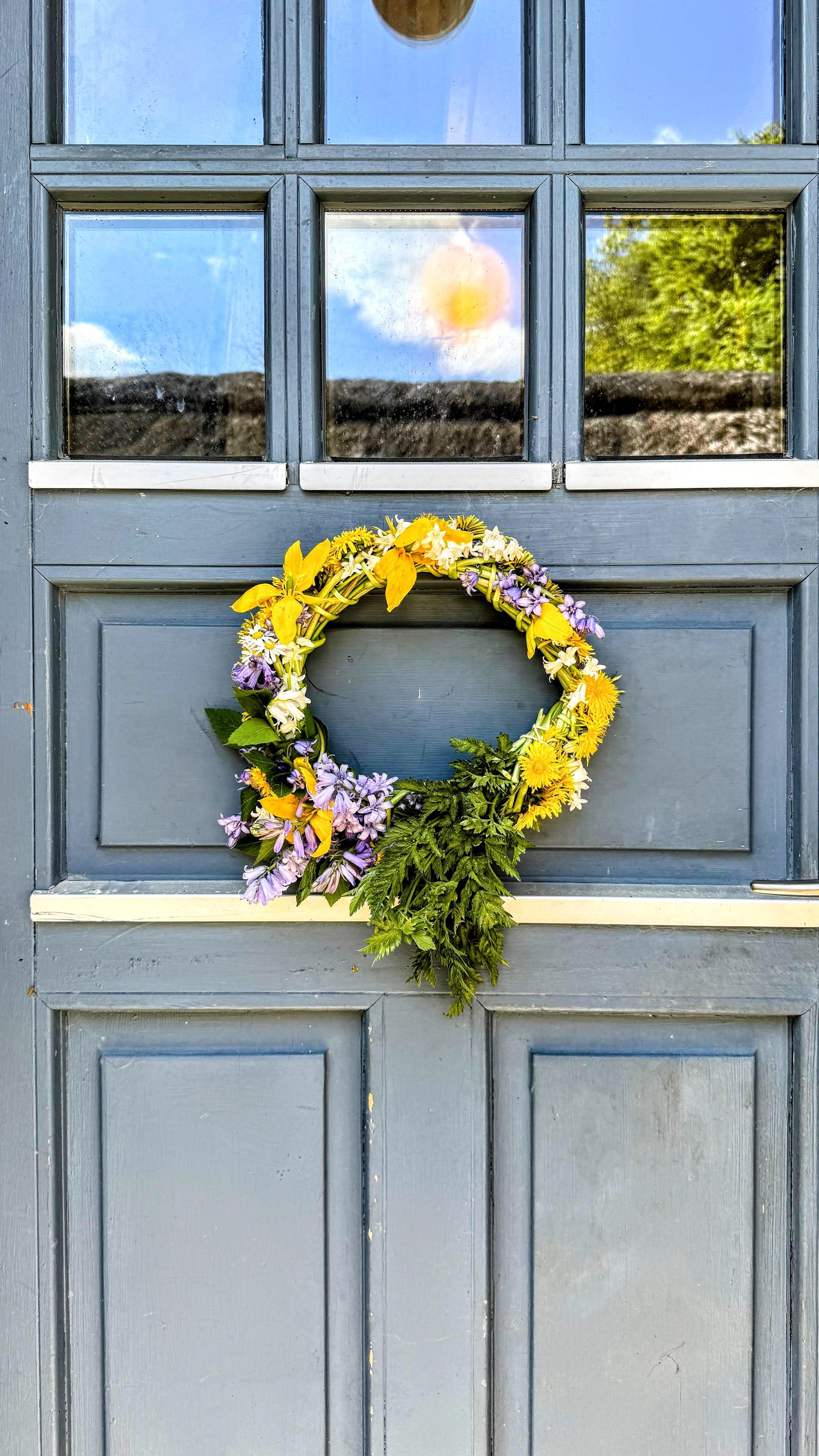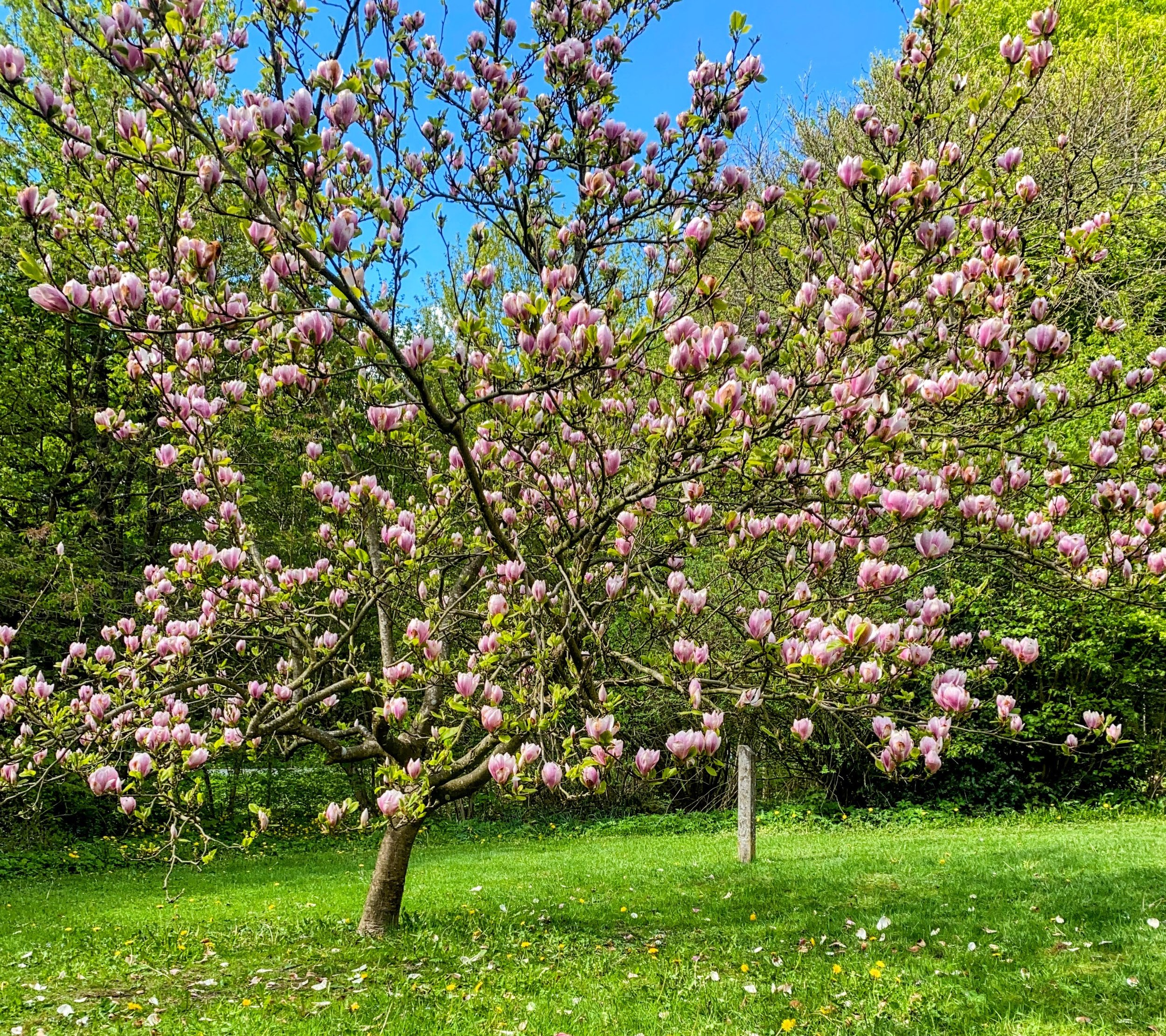Foraging Adventures: Discover the Mysterious World of Neoboletus luridiformis
Step into the whimsical realm of foraging as we embark on an adventure in search of the elusive Neoboletus luridiformis. With its vibrant orange, brown, bluish, and greenish hues, this peculiar mushroom is not only a feast for the eyes but also a delightful culinary treasure. Join us in our edible garden as we unveil the secrets of this fascinating fungi!
As we pluck these intriguing specimens from the forest floor, you'll witness the mesmerizing transformation that occurs when the knife meets the flesh. Watch in awe as the vibrant colors shift from yellow to a mystical shade of blue, creating an enchanting spectacle for the senses. But fear not, for this magical metamorphosis is simply the mushroom's way of expressing itself!
Neoboletus luridiformis is a true culinary delight. Its firm texture and rich flavor make it a versatile ingredient that can be used in a variety of dishes. Whether sautéed with butter and garlic or added to your favorite mushroom-based recipes, these fungi are sure to tantalize your taste buds and elevate your culinary creations.
In Scandinavia, these mushrooms are known as "Indigo Rørhat" due to the vibrant indigo color and the "rør" (tubes) found in their caps. In the Nordic forests, they stand out and are easily distinguishable from other mushrooms. The only mushroom that bears some resemblance is the "Satan's Bolete," but it lacks the psychedelic colors of the Neoboletus luridiformis. Plus, Satans bolete has a distinctive smell of sulfur, making it even easier to differentiate the two. So, if you come across these striking indigo mushrooms in the wild, rest assured that they are a treat for both the eyes and the taste buds!
(Note: Always exercise caution when foraging and ensure proper identification of mushrooms before consumption. If uncertain, consult with an experienced mycologist or local foraging expert.)






